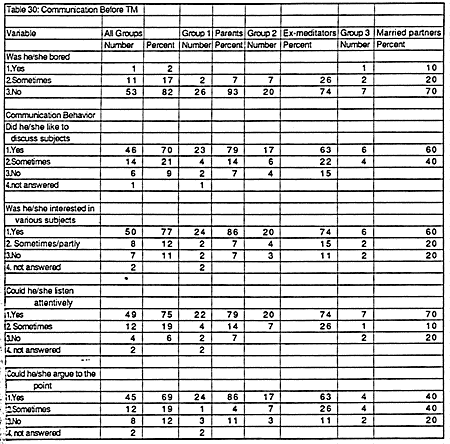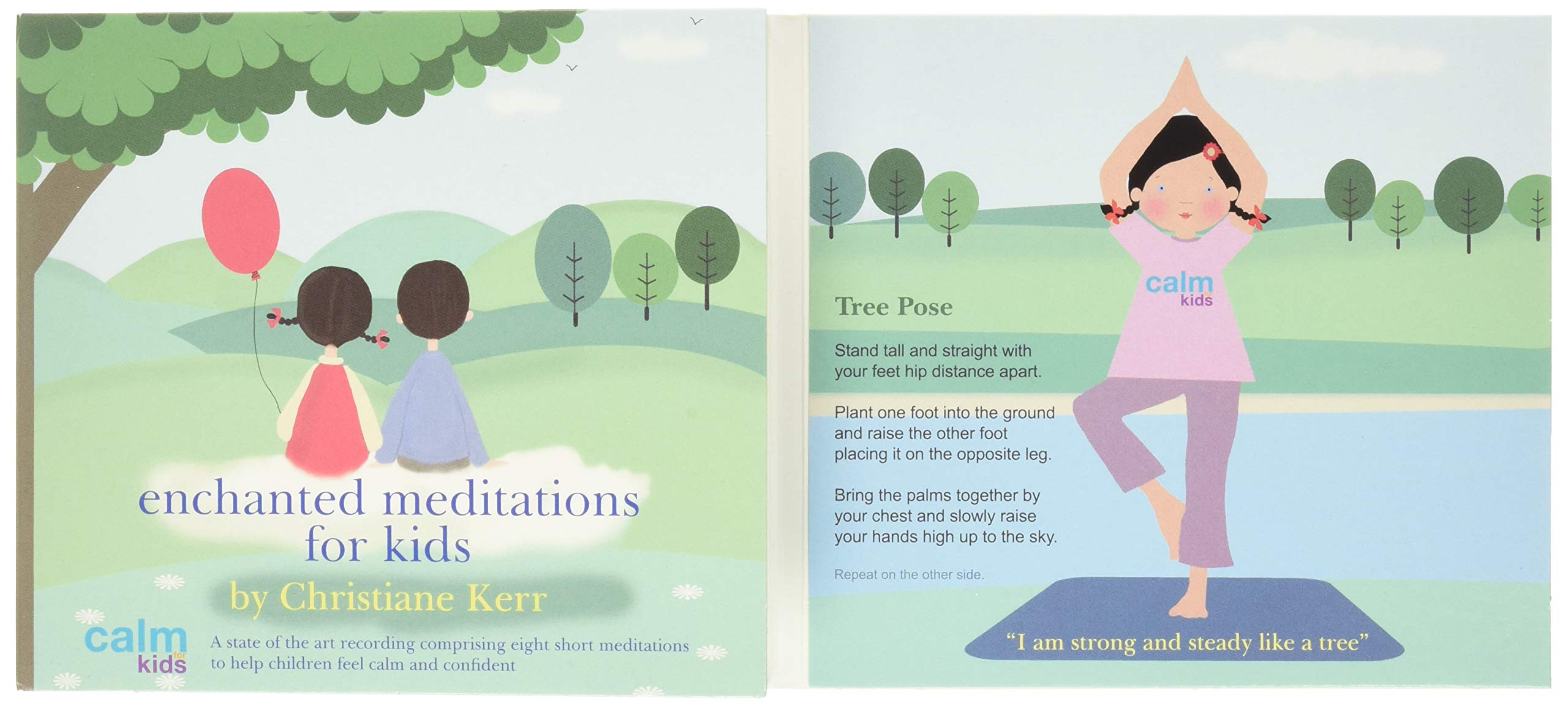
The practice of zazen involves sitting still for long periods of time, focusing on breathing deeply and holding the eyes open. While practicing zazen, the practitioner should not think about other things and keep a calm mindset. Even though savasana can be more difficult than traditional savasana to practice, it is crucial to the development and health of the human brain. First, find a comfortable place with your spine straight. After that, close your eyes.
Remember to maintain a straight posture when practicing zazen. It is a good idea for both knees to be on the ground. Your shoulders should be the same distance as your knees. Your right big tip should be on the left side of your left toe. As in the lotus pose, your spine should be straightened. Your hands should rest naturally on each leg.

Zazen requires that a practitioner must breathe quietly and mindfully. Don't try to control their breathing. Instead, just allow it to happen. It is okay to take deep, shallow breaths, as well as short, light, regular breaths. You shouldn't force your breathing unless absolutely necessary. Instead, allow your breathing to flow naturally. You should feel the ability to experience multiple emotions at once. If these are troubling you, zazen can help.
The seated posture is known as the "Hokkaijo In" and is the most important aspect of the practice. Zazen is best practiced in a seated position. To do this, place the palm of your right hand in your lap while the left hand rests on top of your right. The tips of the thumbs should be lightly touching the Hara (the center of the human body).
The practice or meditation of the mind is the most important part of Zen. The hara is the place where you can rest, and is four inches below your navel. It also expands by two inches each side. The Hara is the centre of the practice. It is the seat where the heart is. To achieve this point, the body needs to be balanced. The practitioner must also be calm and unmoving. A peaceful and happy mind is possible only when there is a relaxed heart.

The practitioner should find a place where he or she can practice zazen. It should be near the Manjushri Bodhisattva statue. The location should have adequate light and temperature. The Buddha is considered the supreme being and can be of benefit to all. The key to zazen is a zen practitioner's mind.
FAQ
Get immune enhancement with herbs and supplements
You can boost your immune function with herbs and natural remedies. Examples include ginger, garlic and oregano oils, echinacea, vitamin C, ginkgo loba, and echinacea.
These herbal remedies are not meant to replace medical treatment. They may cause side effects such as nausea, diarrhea, stomach cramps, headaches, dizziness, and allergic reactions.
How do I know what's good for me?
Listen to your body. Your body will tell you how much exercise, nutrition, and sleep you need. It is important to listen to your body to ensure you are not doing too much. Pay attention to your body, and ensure that you are doing all you can to keep yourself healthy.
What are the 7 best tips to lead a healthy, happy life?
-
Be healthy
-
Exercise regularly
-
Sleep well
-
Drink lots of water
-
Get enough sleep
-
Be happy
-
Smile often.
Statistics
- The Dietary Guidelines for Americans recommend keeping added sugar intake below 10% of your daily calorie intake, while the World Health Organization recommends slashing added sugars to 5% or less of your daily calories for optimal health (59Trusted (healthline.com)
- According to the 2020 Dietary Guidelines for Americans, a balanced diet high in fruits and vegetables, lean protein, low-fat dairy and whole grains is needed for optimal energy. (mayoclinichealthsystem.org)
- Extra virgin olive oil may benefit heart health, as people who consume it have a lower risk for dying from heart attacks and strokes according to some evidence (57Trusted Source (healthline.com)
- WHO recommends reducing saturated fats to less than 10% of total energy intake; reducing trans-fats to less than 1% of total energy intake; and replacing both saturated fats and trans-fats to unsaturated fats. (who.int)
External Links
How To
What does the "vitamins” word mean?
Vitamins are organic compounds found naturally in food. Vitamins are necessary for us to absorb nutrients in the foods we consume. Vitamins cannot be made by the body; they must be taken from food.
There are two types of vitamins: water soluble and fat soluble. Water-soluble vitamins dissolve easily when they are dissolved in water. You can find vitamin C,B1 or thiamine, B2 or riboflavin and B3 or niacin, B3/niacin, B6/pyridoxine, folic Acid, biotin and pantothenic Acid as examples. The liver and fatty tissues are home to fat-soluble vitamins. Some examples include vitamin D and E, K, A and beta carotene.
Vitamins can be classified by their biological activity. There are eight major groups of vitamins:
-
A - vital for healthy growth.
-
C - essential for nerve function and energy generation.
-
D - Vital for healthy bones and teeth
-
E - Required for good vision & reproduction
-
K - Essential for healthy muscles and nerves.
-
P – vital for building strong bones.
-
Q - Aids in digestion and absorption.
-
R – Required for the formation of red blood vessels.
The recommended daily allowance (RDA), for vitamins, varies depending upon age, gender, or physical condition. The U.S. Food and Drug Administration (FDA) sets the RDA values.
For adults aged 19 and older, the RDA for vitamin B is 400 micrograms daily. Pregnant mothers need 600 micrograms per days because it is vital for the development and growth of their baby. Children ages 1-8 require 900 micrograms per day. Infants under one year of age require 700 micrograms per day, but this amount decreases to 500 micrograms per day between 9 months and 12 months of age.
Children ages 1-18years who are obese need 800 micrograms per day while those who are overweight need 1000 micrograms per day and children who are underweight need 1200 micrograms per day to meet their nutritional needs.
Children ages 4-8 years who have been diagnosed with anemia need 2200 micrograms per day of vitamin C.
2000 micrograms is the minimum daily intake for adults over 50 years old to maintain good health. Because of their higher nutrient needs, women who are pregnant or nursing need 3000 mg per day.
Adults over 70 need 1500 micrograms daily, as they lose 10% of their muscle every ten years.
Women who are pregnant, nursing or breastfeeding need more than the RDA. Pregnant woman need 4000 micrograms daily in pregnancy, and 2500 per day after childbirth. Breastfeeding mothers need to consume 5000 micrograms every day when breastmilk has been produced.